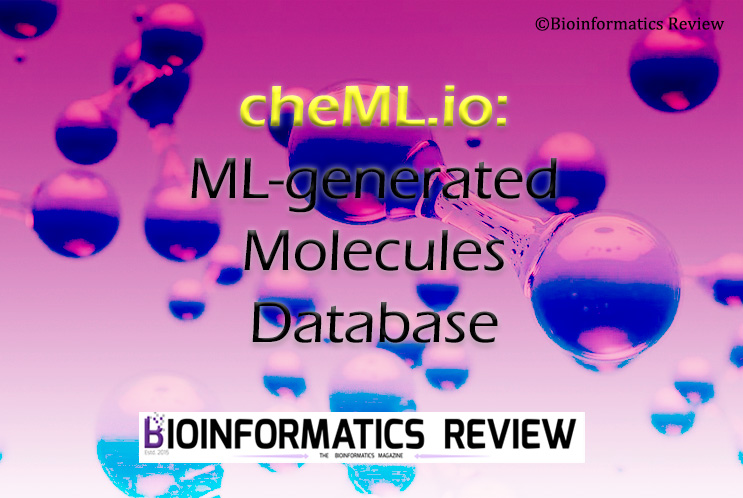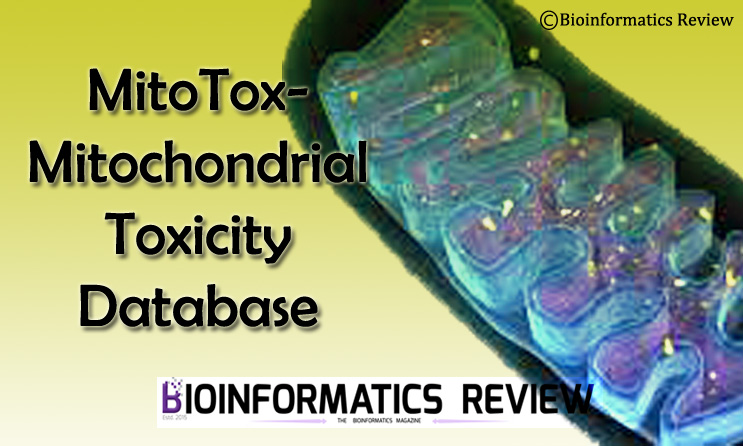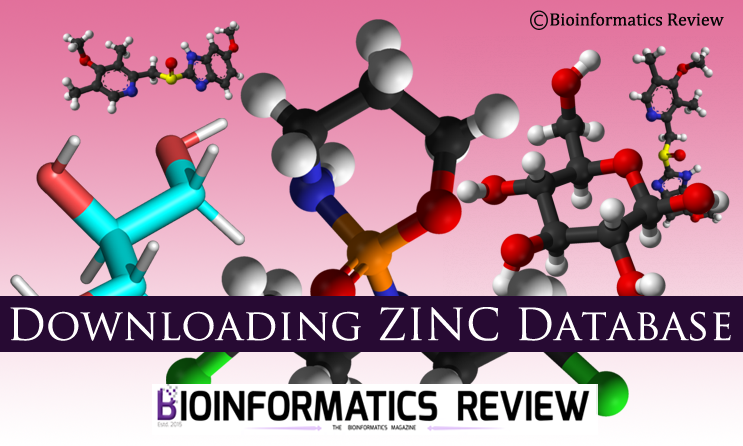TANTIGEN is an online database of T-cell epitopes and HLA ligands [1]. A new version of TANTIGEN is introduced this month, known as TANTIGEN 2.0. In this article, we give a brief introduction to this new version of the database.
TANTIGEN is a comprehensive database consisting of 1000 T cell epitopes and HLA ligands from 292 different tumor T-cell antigens [1]. The latest version, TANTIGEN 2.0 consists of 4,296 antigen variants from 403 unique tumor antigens and more than 1500 T-cell epitopes and HLA ligands [2]. It also contains TCR sequences extracted from Human Pathology Atlas. The new data is incorporated from the Cancer Antigenic Peptide Database [3] and recent publications.
Different bioinformatics tools are incorporated in the TANTIGEN 2.0 for data analysis including BLAST and MAFFT for similarity search and multiple sequence alignment. It also consists of a set of visualization tools that highlight the peptides located within their parent proteins [2].
TANTIGEN 2.0 webserver is constructed in KB-builder framework and is freely accessible at http://projects.met-hilab.org/tadb.
For more information, click here.
References
- Olsen, L. R., Tongchusak, S., Lin, H., Reinherz, E. L., Brusic, V., & Zhang, G. L. (2017). TANTIGEN: a comprehensive database of tumor T cell antigens. Cancer Immunology, Immunotherapy, 66(6), 731-735.
- Zhang, G., Chitkushev, L., Olsen, L.R. et al. (2021). TANTIGEN 2.0: a knowledge base of tumor T cell antigens and epitopes. BMC Bioinformatics 22, 40.
- Vigneron, N., Stroobant, V., Van den Eynde, B. J., & van der Bruggen, P. (2013). Database of T cell-defined human tumor antigens: the 2013 update. Cancer Immunity Archive, 13(3).





